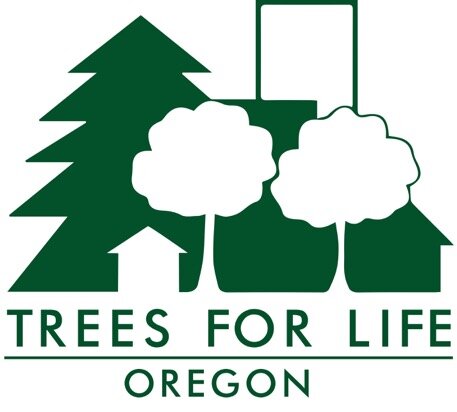Public Comments on PCEF’s Equitable Tree Canopy Program Due March 2
PCEF (the Portland Clean Energy Fund) has developed a draft of its first five-year climate investment program. It focuses on spending $40 million to plant trees in low-canopy, low-income areas of Portland. We fully support prioritizing tree-needy neighborhoods where heat island effects are most pronounced, and the plan contains plenty of positives such as metrics and reporting.
According to the draft, this spring PCEF, presumably through its home bureau, the Bureau of Planning and Sustainability, will sign an interagency agreement with Portland Parks & Recreation. PCEF’s Equitable Tree Canopy Program will then start hiring staff, procuring trees, and issue RFPs for tree planting. Also, a program workgroup comprising City staff, community stakeholders, and others will hold its first meeting to identify priority neighborhoods and planting strategies.
In fall 2023, planting will begin, and will take one to three years to scale up “due to tree supply, labor, and logistics needs.”
Here are our concerns, below. Submit your comments by March 2 to CleanEnergyFund@portlandoregon.gov. Note that a “virtual listening session” on the program is scheduled for February 23 from 5-6 p.m.—sign up here for that.
—The draft plan offers no specifics on how the $40 million will be allocated, e.g., how much will go to planting street trees versus yard trees, and so on.
—The City program will provide maintenance for the newly planted trees for five years, but what happens after that? If residents know that maintenance is only available for the short term, they may not agree to having trees planted in their strip or yard. Portland needs a sustainable street maintenance plan. Without it, these newly planted trees may well fail after five years because property owners can’t shoulder the ongoing maintenance costs. These trees could fail before they get large or mature enough to provide the health and environment benefits they’re capable of. PCEF may not be expected to solve the City’s larger, long-term maintenance problem. But we shouldn’t be spending $40 million without creating some kind of mechanism for tying this program—perhaps, say, through pilots—to a longer lasting, sustainable maintenance plan.
—While the plan says “some individual low-income households” across the city will be eligible “for tree maintenance for mature street trees adjacent to their property,” that help is only available for five years. Such help is sorely needed but doesn’t solve the long-term ability to preserve mature trees to meet climate goals. Again, we’d like to see this program jumpstart a process for the City to assume maintenance responsibility for trees far into the future.
—Finally, where will all these new street trees go, especially the medium- and large-form trees that give us the most climate benefits? They need sufficient space and soil volume to thrive and live long enough to yield their climate value. Does PCEF plan to work with PBOT to expand to other tree-deficient areas the current PBOT/Urban Forestry pilot project that plants trees in curb bump-outs along SE Duke Street in Brentwood-Darlington?
